Hwaseong Fortress Temporary Palace Special Evening Admission (화성행궁 야간개장 <달빛화담,花談> 시즌2 : 연향(宴享))
6.1Km 2024-05-22
825 Jeongjo-ro, Paldal-gu, Suwon-si, Gyeonggi-do
+82-31-290-3612
The Temporary Palace at Hwaseong Fortress, more beautiful by night, is offering special evening admission during the summer months. Visitors at night can enjoy the nation's largest, most well preserved temporary palace in the moonlight, bringing the atmosphere of the palace's past alive.
Olive Young - Dongtan Yeongcheon Branch [Tax Refund Shop] (올리브영 동탄영천점)
6.1Km 2024-06-26
#101, and #102, 686, Dongtansunhwan-daero, Hwaseong-si, Gyeonggi-do
-
Olive Young - Byeongjeom Station Branch [Tax Refund Shop] (올리브영 병점역점)
6.1Km 2024-06-27
2, Byeongjeom 3-ro, Hwaseong-si, Gyeonggi-do
-
Suwon Museum of Art (수원시립미술관)
6.2Km 2025-05-22
833 Jeongjo-ro, Paldal-gu, Suwon-si, Gyeonggi-do
Suwon Museum of Art is a cultural and artistic space located in the plaza of Hwaseong Haenggung Palace in Suwon. The building, which embodies the harmony of modernity and nature, includes exhibition halls, a library, classrooms, and a cafeteria. It serves as a place where the spirit of Hwaseong meets contemporary art, offering high-quality exhibitions, immersive interactive displays, and unique showcases focusing on the Suwon region.
Uniqlo - Guseong Branch [Tax Refund Shop] (유니클로 구성)
6.2Km 2024-04-19
1F, 2420, Yonggu-daero, Giheung-gu, Yongin-si, Gyeonggi-do
-
Suwon Culture Night (수원 문화재 야행)
6.2Km 2022-07-01
825, Jeongjo-ro, Paldal-gu, Suwon-si, Gyeonggi-do
• 1330 Travel Hotline: +82-2-1330 (Korean, English, Japanese, Chinese) • For more info: +82-31-3572~5
Suwon Hwaseong Fortress and Hwaseong Temporary Palace are the venue for Suwon Culture Night. Both areas are decorated with media art of eight night experiences. Every corner of the fortress road has history and stories to offer a historical culture experience.
Temporary Palace at Hwaseong Fortress (Hwaseong Haenggung Palace) (화성행궁)
6.2Km 2025-05-22
825 Jeongjo-ro, Paldal-gu, Suwon-si, Gyeonggi-do
A haenggung is a temporary palace where the king and royal family retreated to during a war. Hwaseong Haenggung Palace is the largest one of these, used by the Joseon kings since the time of King Jeongjo (r. 1776-1800). In addition to being used as a shelter during war, King Jeongjo also stayed here during trips to worship at his father's tomb. The palace was the location of a splendid feast held on the 60th birthday of his mother, Hyegyeonggung Hong, and many other events, including award certificates for successful candidates of special national exams. These days, the palace serves as a venue for many traditional cultural performances and activities.
GS25 - Suwon Parkville Branch [Tax Refund Shop] (GS25수원파크빌점)
6.3Km 2024-06-26
52, Hyanggyo-ro, Paldal-gu, Suwon-si, Gyeonggi-do
-
24 Martial Arts Trial Performance (무예24기 시범공연)
6.3Km 2021-06-07
825, Jeongjo-ro, Paldal-gu, Suwon-si, Gyeonggi-do
• 1330 Travel Hotline: +82-2-1330 (Korean, English, Japanese, Chinese) • For more info: +82-31-267-1644
24 Martials Arts (Muye 24-gi in Korean) refers to the 24 martial art techniques in the Muyedobotongji (Comprehensive Illustrated Manual of Martial Arts). The manual was compiled in 1790 by Confucian scholars Lee Deok-mu and Park Jae-ga, along with the martial arts expert Baek Dong-su, under the orders of King Jeongjo (22nd ruler of the Joseon dynasty). Regarded as a resource for understanding the nature of Korean military science, the manual is an exemplary martial arts compilation that was organized into 24 techniques by adopting the traditional martial arts of Joseon, as well as China and Japan.
The 24 Martial Arts were practiced by the soldiers of the outer military unit of Jangyongyeong, the most elite military troop during the Joseon dynasty. Soldiers stationed at the northern and southern military camps of the Hwaseong Temporary Palace practiced these techniques to effectively guard the palace. It is considered as a significant intangible heritage because of its great historical, artistic, and athletic values. With the restoration of the temporary palace, a regular event is being held to demonstrate the 24 Martial Arts.
Haenggung-dong Mural Village (행궁동 벽화마을)
6.3Km 2025-05-22
9-7 Hwaseomun-ro 72beon-gil, Paldal-gu, Suwon-si, Gyeonggi-do
Suwon’s Haenggung-dong is the name for 12 neighborhoods, including Jangan-dong and Sinpung-dong, in the Hwaseong Fortress area. It was the most bustling place in Suwon from when the Hwaseong Fortress was built 220 years ago until just a few decades ago. However, with Hwaseong Fortress being designated as a UNESCO World Heritage Site, time seems to have stopped due to strict development regulations. In the meantime, residents, civic groups, and artists came together to paint murals in effort to make the area become more alive. Due to their efforts, the region has now emerged as a tourist attraction visited by as many people as Hwaseong Fortress.
The Haenggung-dong comprises various alleys connected depending on their characteristics, including the Mural Village, Workshop Street, Suwon Chicken Street, and Jidong Market. The Mural Village is divided into six alleyways by theme, including the Haengbokha (Happy) Road, Saranghada (Love) Road, Nuneuroganeun (to Snow) Road, Cheoeumachim (First Morning) Road, Romance Road, and Dwiroganeun (Backward) Road. A photo zone has been set up in front of the mural, and not only the mural but also the walls, roof, and fence are filled with various sculptures and paintings. Many pretty workshops and cafés nearby are also interesting to look around.
◎ Travel information to meet Hallyu’s charm - TV series "Lovely Runner"
Haenggung-dong Mural Village sets the scene where Sol and Sun-jae walked to school together. It is also where the memorable scene was filmed of Sol dashingly pushing a flustered Sun-jae against the wall. As you stroll along the low stone walls adorned with murals, it’s easy to imagine the couple’s school-day moments, adding a nostalgic charm to your walk.
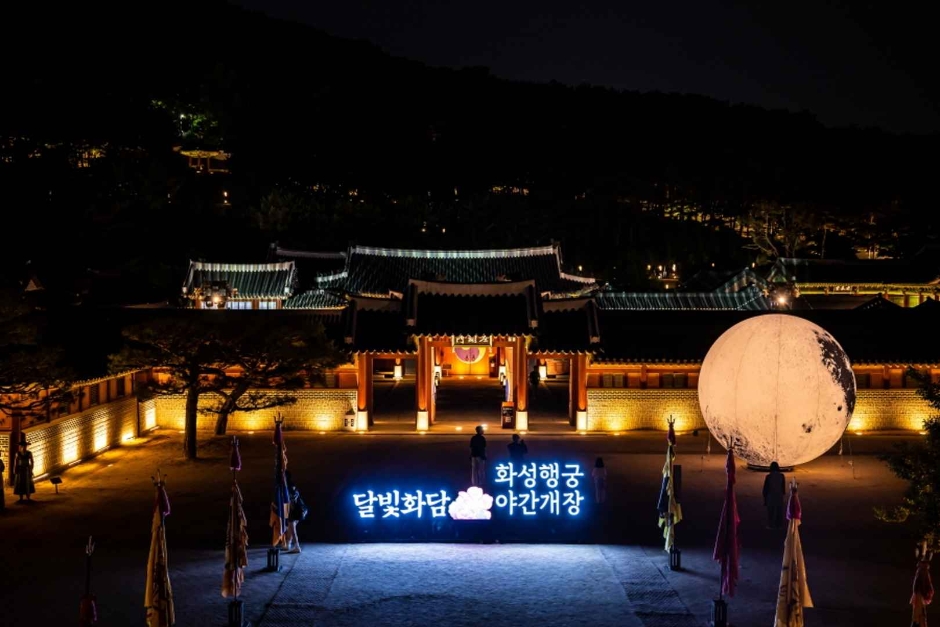

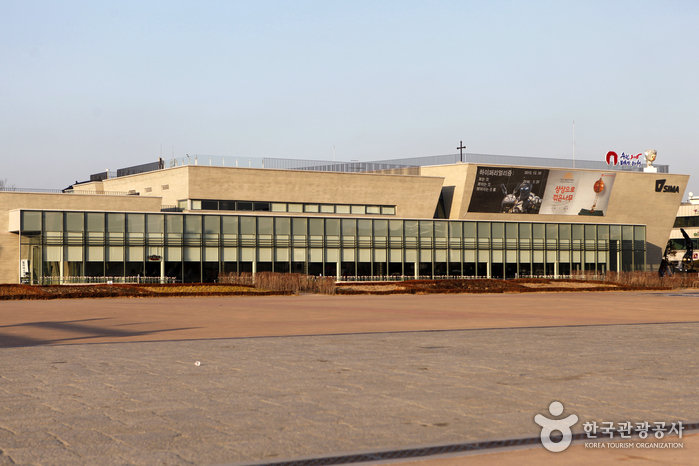
![Uniqlo - Guseong Branch [Tax Refund Shop] (유니클로 구성)](http://tong.visitkorea.or.kr/cms/resource/08/2889408_image2_1.jpg)
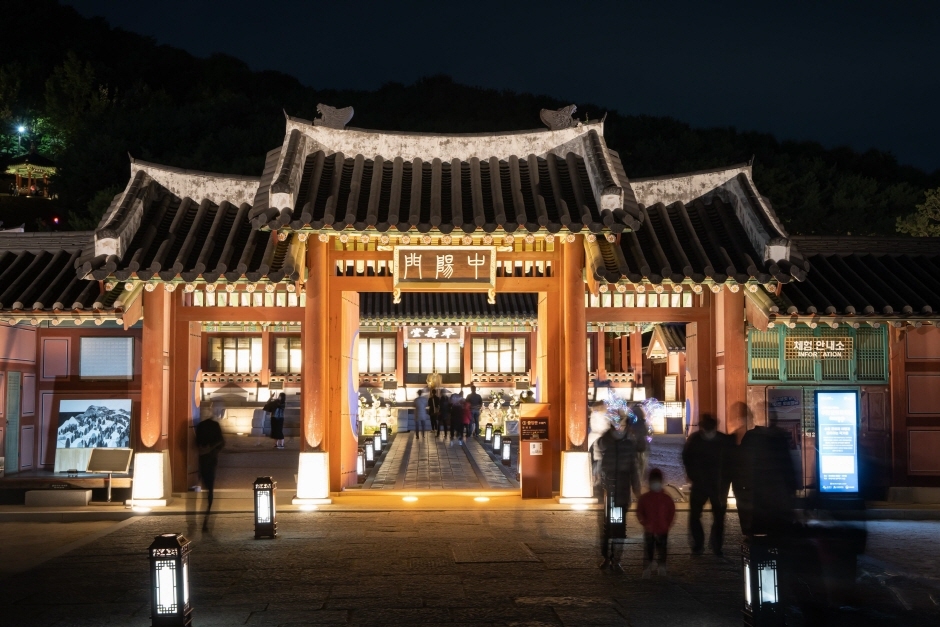
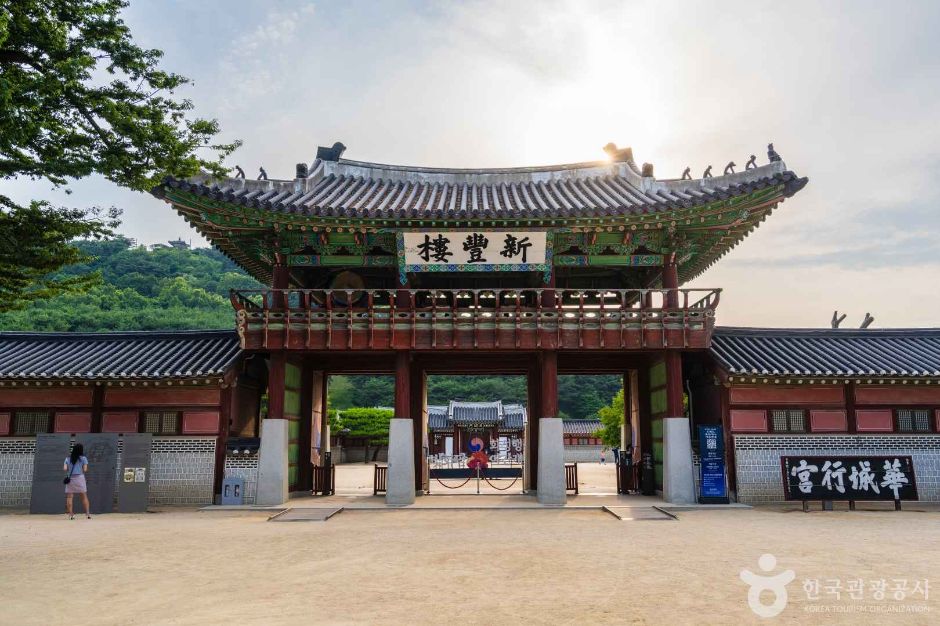
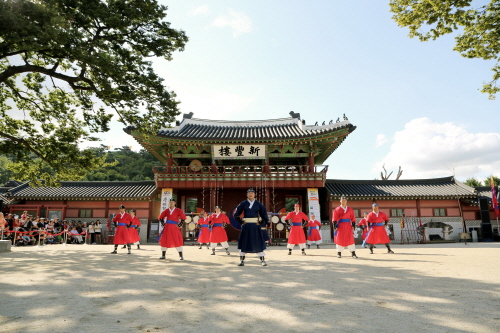
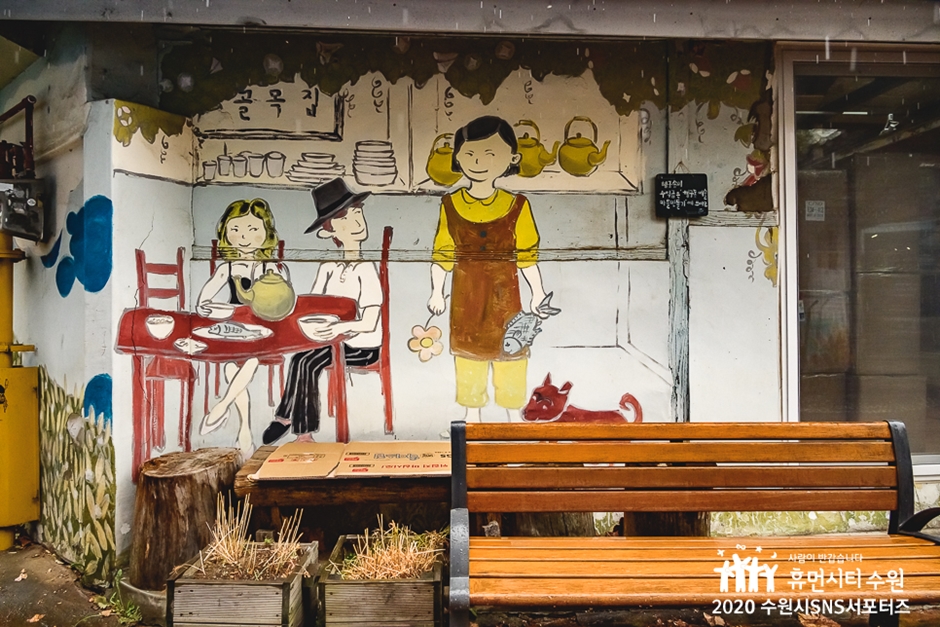
 English
English
 한국어
한국어 日本語
日本語 中文(简体)
中文(简体) Deutsch
Deutsch Français
Français Español
Español Русский
Русский